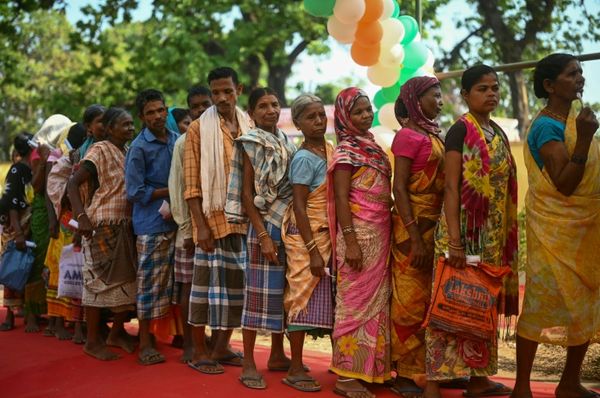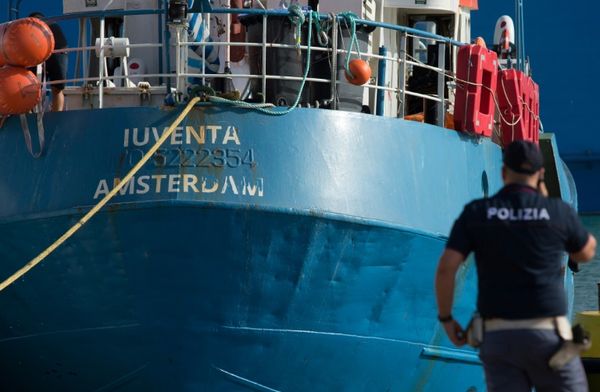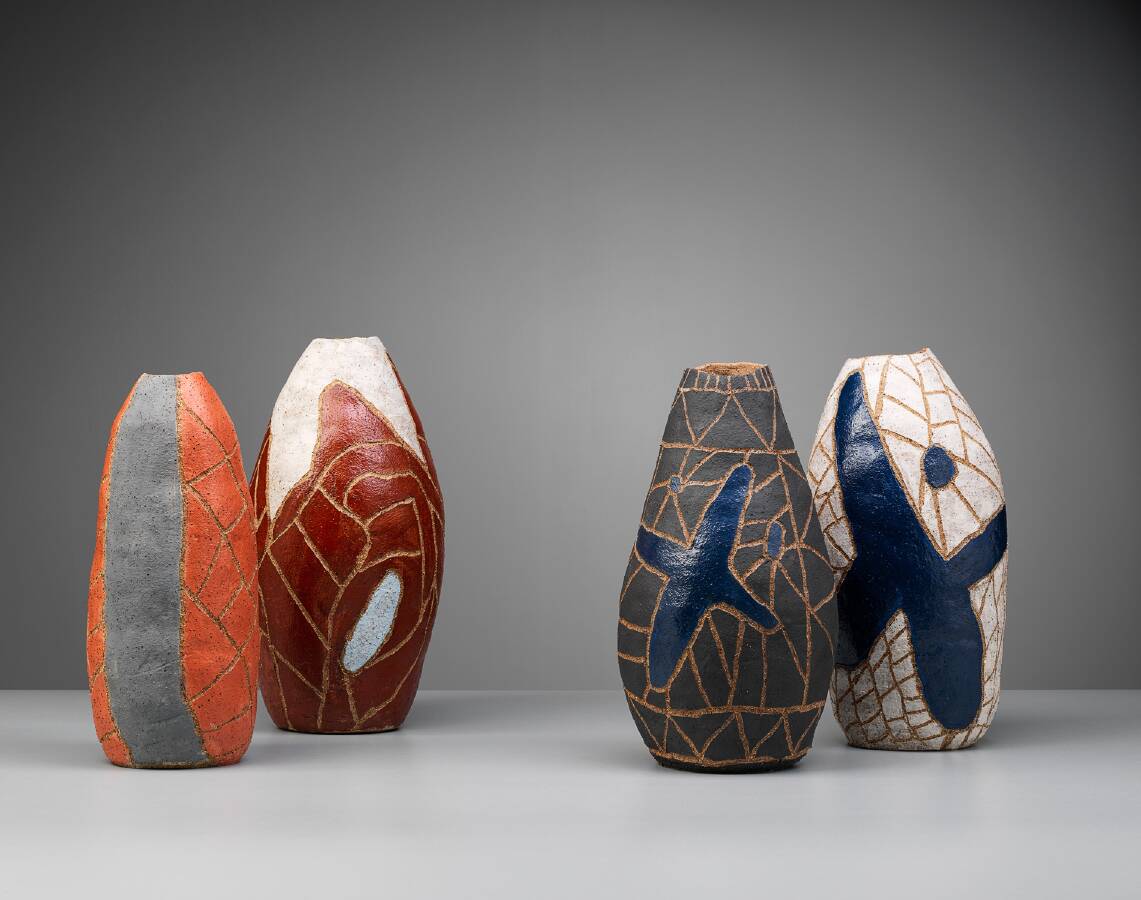
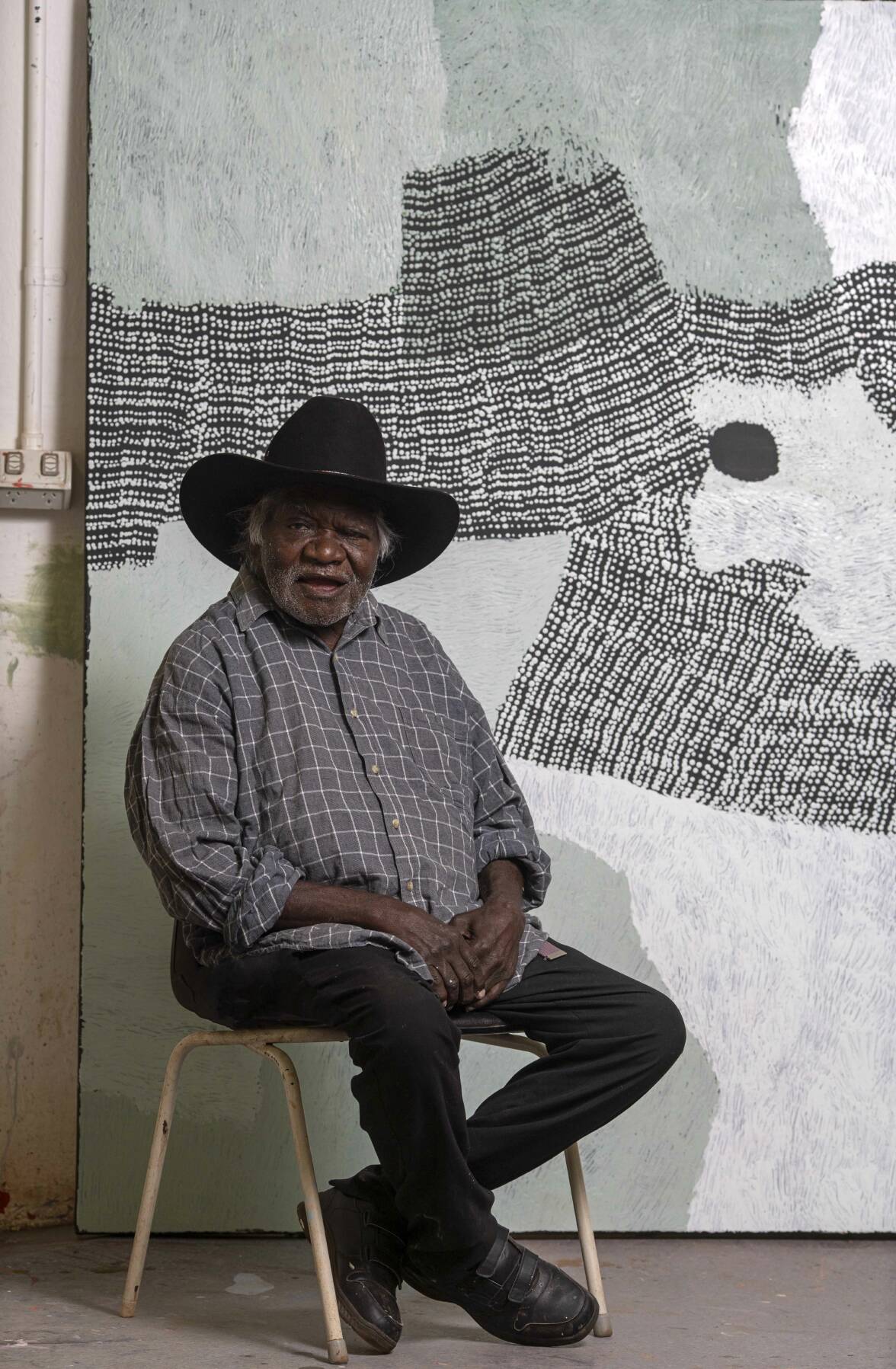
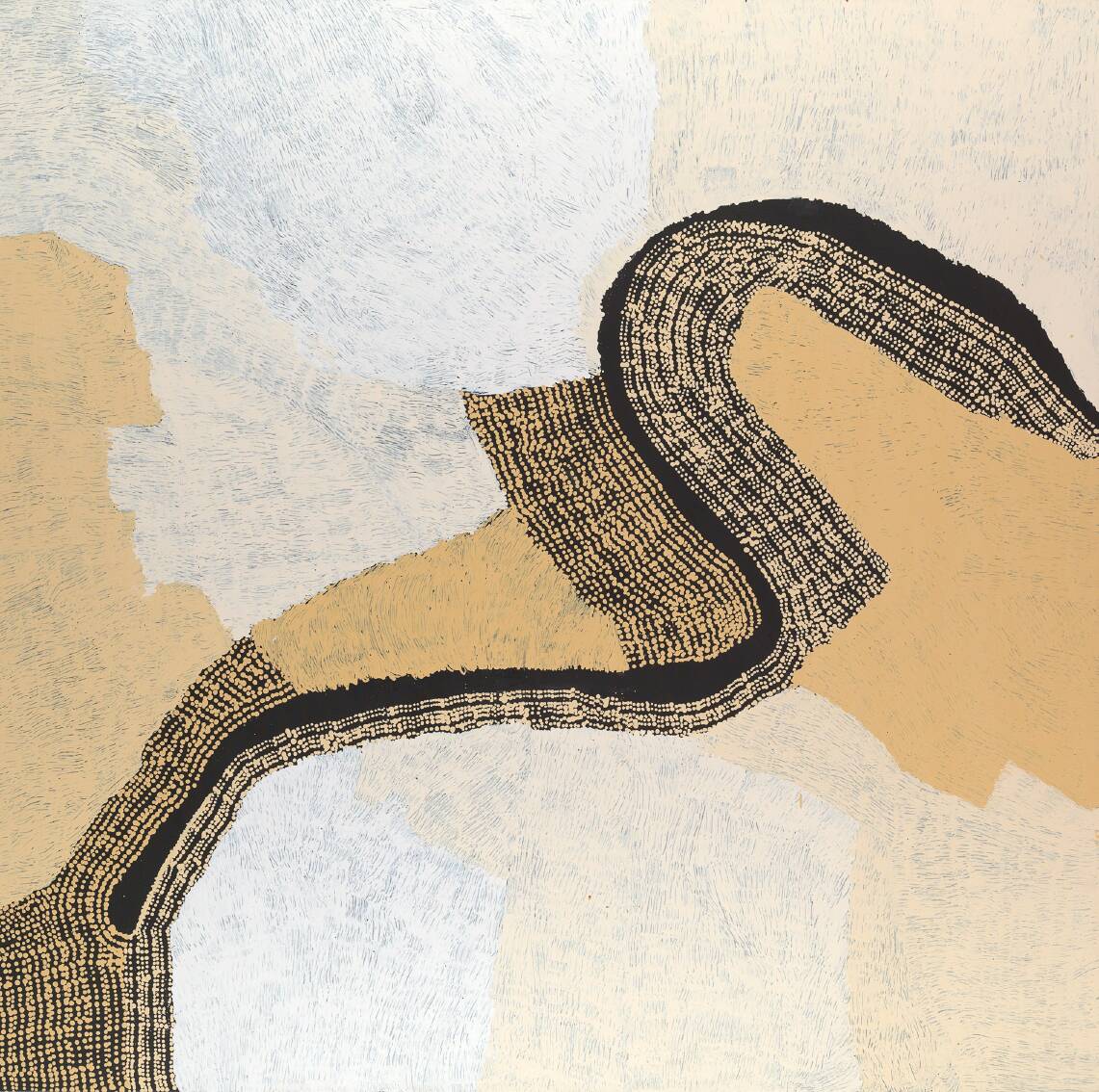

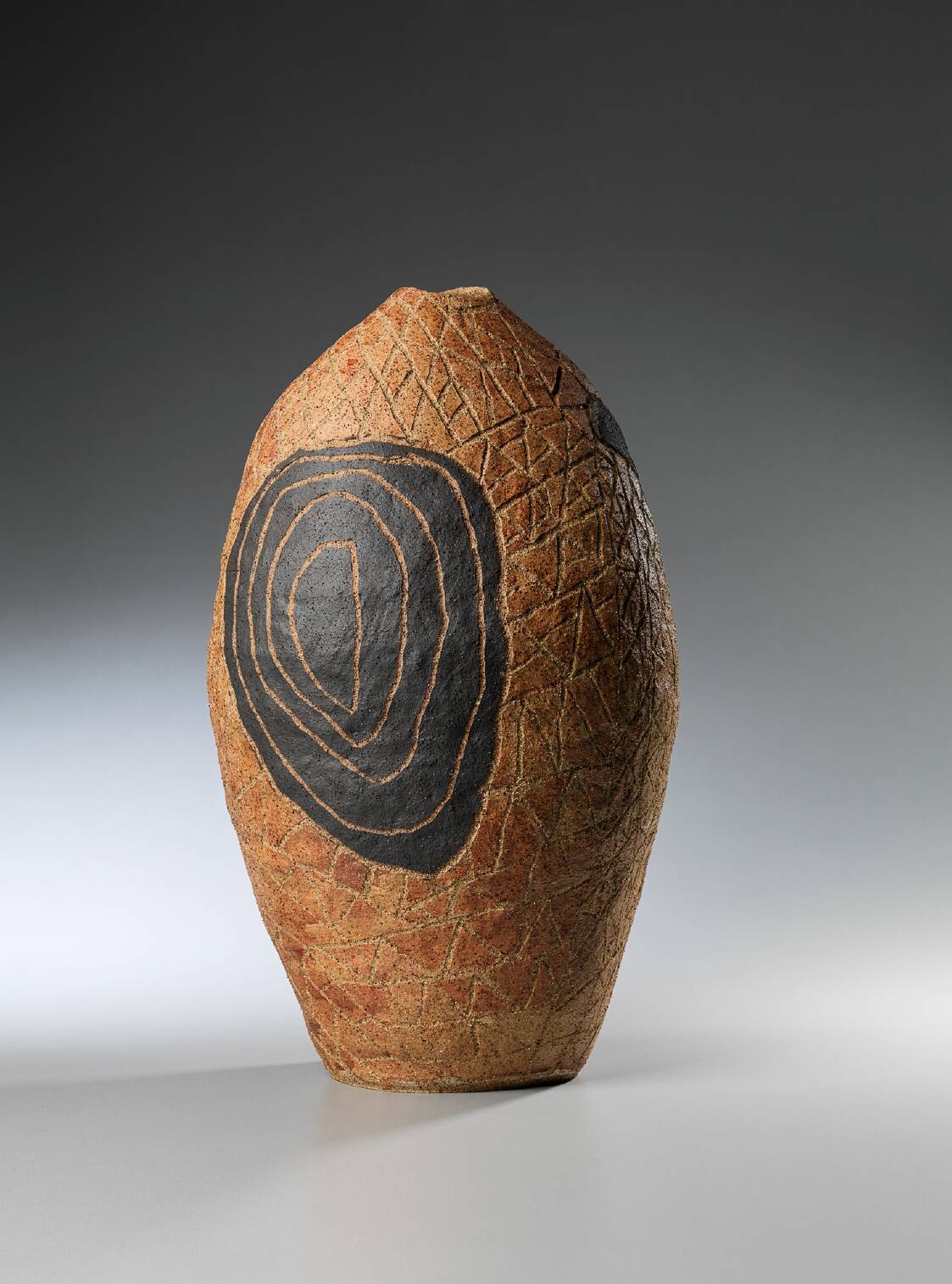
In his single decade as a ceramic artist, the late Kunmanara Carroll became a master of expression.
His minimalist works quickly gained aesthetic traction as a unique voice that spoke of country like no other, leading him to be the first Indigenous artist to be chosen for the prestigious ICON travelling exhibition series curated by the JamFactory.
The exhibition of Carroll's works, titled Ngaylu Nyanganyi Ngura Winki (I Can See All Those Places), opens at Lake Macquarie's MAC yapang gallery this weekend.
The Luritja/Pintupi/Pitjantjatjara artist passed away soon after the first showing of the exhibition last year.
Brian Parkes, head of the JamFactory, says Carroll's works possess a "robust majesty".
"Sadly, Kunmanara's loss is a big one," Parkes says.
Carroll was considered a rising figure in the Australian ceramics movement, with his work on show at the National Gallery of Australia and also selected for the Powerhouse Museum's survey of Australian ceramics ("It's a who's who of Australian ceramics," says Parkes).
He was also an important leader of the men's ceramics movement at Ernabella Arts. In South Australia's far north-west, on Anangu Pitjantjatjara Yankunytjatjara Lands (known as the APY Lands), Ernabella Arts is Australia's oldest, continuously running Indigenous arts centre.
Carroll came to art late in life. He was born in Haasts Bluff, in the Northern Territory, and spent much of his childhood at Papunya, home to another well-known Indigenous arts movement.
After his family travelled across the border to South Australia, Carroll worked as a fencer at Ernabella, a sheep station which had been turned into a mission by the Presbyterian Church in the 1930s with an ethos of maintaining local language and culture. He moved into community work, becoming director of the region's health unit and then held the role of Community Constable until illness forced him to retire - leading Carroll to a new career.
Carroll started painting at the Ernabella Arts centre in 2009, and in 2011 began making ceramics. He was "an influential figure" who encouraged young men to join the centre, which has historically been female led (as it grew out of a craft room at the mission where women made rugs from the Ernabella station fleece).
In 2003, a ceramics studio was started, with connection to the JamFactory, but very few men were involved. That changed soon after Carroll started working with ceramics. He was instrumental in organising the centre's first men's ceramics workshop in 2011. It became the birth of a new arts movement.
When Carroll travelled back to his father's country, around Kintore in the Northern Territory, for the first time since his adolescence, he took along a young Ernabella ceramicist, Derek Jungarrayi Thompson.
"He's one of the younger men who took up ceramics because of Carroll's influence," Parkes says.
Since that trip all of Carroll's works have been stories of his ancestral country. The JamFactory exhibition relates to four particular sites in that land.
"He never spoke directly about that familiar relationship, but when you're in country you see black stumps and ant hills and other features in the landscape, you see a lot of references to these kind of organic forms," Parkes says.
"Very few of the works directly reference a particular form from the landscape, they are intended more as a canvas to paint the story on."
All the work for the current exhibition was produced specifically for the show in "a prolific 18 months". Parkes visited Carroll at Ernabella while he was working, witnessing the artist's capacity to enact message via his rough surfaced "undulating organic forms", which Carroll handmade using the coil method.
"There's a sort of robust majesty to his work," Parkes says.
"As ceramic objects they are certainly not technically profound in anyway, but they are profoundly expressive, and that's the stuff that a whole lot of people who work in ceramics wish they could do. That's why the work is loved by Aboriginal art lovers as well as ceramic artists and potters. It's the freshness and boldness of the work."
Parkes says Carroll's decade of practice also stands out because it came without the usual tentative formative stage. His works were powerful from the start.
"That boldness and confidence comes from a deep connection to what you are saying and a position of authority in saying it. That lifetime of experience informing the simple gestures."
The exhibition has transformed into a "testament to his legacy", Parkes says.
